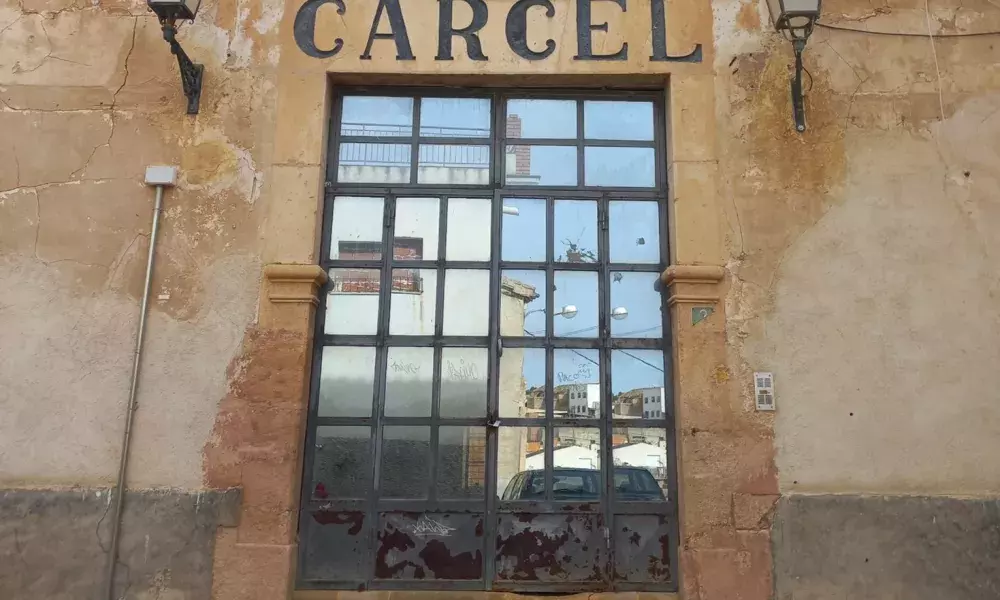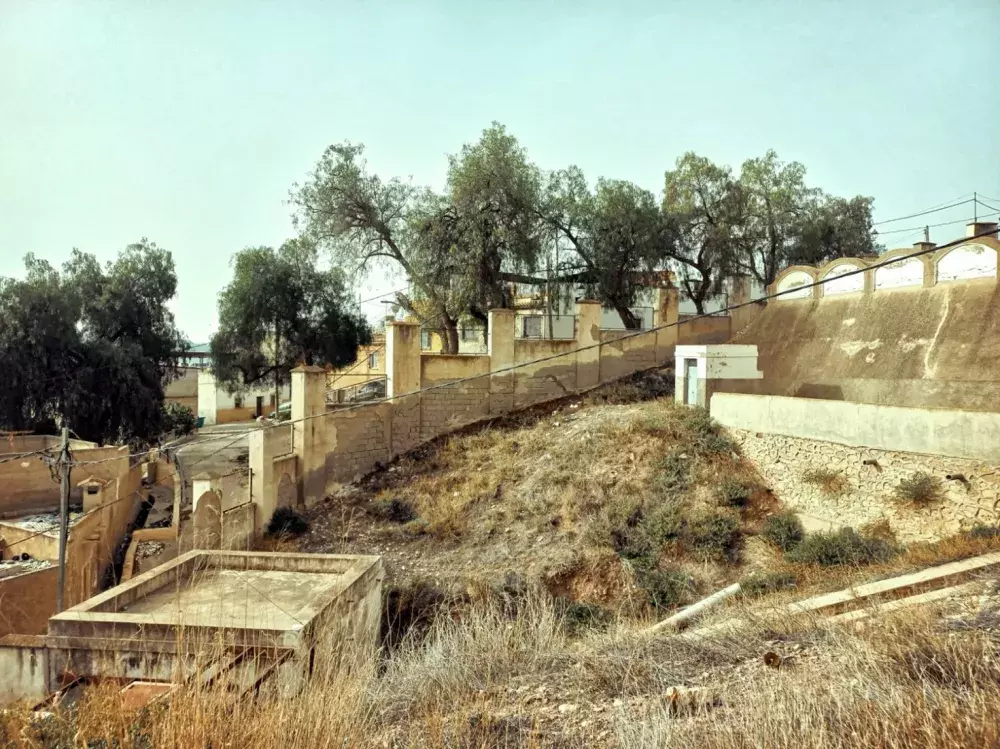
The City of Lorca, located in the Alto Guadalentín area of southeastern Spain, is the third-largest municipality in the Region of Murcia, with a population of 98,447 as of 2023. Known for its stunning castle, baroque architecture, and vibrant Easter Week processions—declared a festival of international tourist interest—Lorca's charm is undeniable. However, just a stone’s throw from the bustling city center lies Barrios Altos (the High District), an area facing significant challenges.
Barrios Altos serves as a bridge between the city center and the castle, yet it often feels like an invisible border separates this district from the rest of Lorca. Many residents, predominantly low-income families and a significant number of migrants, experience a sense of exclusion from the activities and amenities available in the wider city. This disconnect is not just perceived; it deeply affects the community’s engagement and quality of life.
Also internally, Barrios Altos is fragmented, with limited public spaces for leisure and social interaction. Small abandoned inter-block areas often replace proper public spaces, providing scant opportunities for community gathering. Neighborhood associations serve as the heart of the district, yet children frequently play in the streets due to the lack of dedicated play areas. Alarmingly, over 60% of the housing in Barrios Altos is in poor or deficient condition, contributing to widespread energy poverty. A recent survey conducted by the city’s Social Services revealed that 50% of households struggle to maintain adequate winter temperatures, and more than 70% face similar challenges in the summer.
Like many regions in southern Spain, Lorca experiences hot, dry summers, and climate change is intensifying both temperatures and the frequency of extreme heat waves. Additionally, torrential rainfall, typically concentrated in a few days during spring or autumn, creates further challenges for the already vulnerable built environment.

Introducing the NatUR-W Project
In response to these pressing social and climate challenges, and in line with the Green Deal and the Biodiversity strategies objectives, the NatUR-W project aims to promote climate justice while fostering social cohesion among the diverse communities in Lorca, particularly in Barrios Altos. The project’s vision includes implementing Nature-based Solutions (NbS) to enhance the energy efficiency of social housing and public buildings, regenerate abandoned land into multifunctional urban parks, and transform the old prison into a community center for training, classes, and social activities.
Key initiatives of the NatUR-W project focus on three main areas. First, several public buildings will feature innovative green walls utilizing a new insulation system made from recycled and sustainable materials developed by project partners SingularGreen and INDRESMAT. The innovative vertical garden system offers a dual-season energy efficiency benefit: during summer, increased irrigation temporarily reduces the insulating properties of the biopolyurethane, allowing the cooling effect of evapotranspiration to lower indoor temperatures. Conversely, in winter, reduced irrigation restores the substrate's insulation, helping to retain heat within the building. SingularGreen is a company based in Alicante that has a long expertise in designing green roofs, living walls and nature-based solutions in urban context, while INDRESMAT develops solutions to improve the thermal performance of building's envelope through the use of biobased polyurethane (bioPUR) as the most sustainable and energy-efficient material in construction market. These two partners are building up synergies within NatUR-W to develop an innovative green wall that uses the biobased polyurethane as a substrate. First tests have already started and the full prototype will be ready in the next weeks.
Second, part of the surrounding area will be transformed into an urban forest, providing much-needed green space in alignment with the community's needs and expectations. The project will also connect the old water deposit with a new underground water storage system to face drought during dry seasons. To ensure that the new urban forest reflects the desires of residents, Singular Green already engaged the local community in the first co-design activities, actively involving the community in shaping this vital green space. Last, the old prison is going to be totally renovated and refurbished to host community activities and to become the cultural regeneration center of the area.
Conclusion and challenges ahead
The regeneration of Barrios Altos represents a crucial step toward creating a more inclusive, resilient, and vibrant Lorca. By addressing both social and environmental challenges, the NatUR-W project offers a hopeful vision for the future—a future where all residents feel connected to their city and empowered to thrive.
In the coming months, further involving the local community and the entire stakeholder board will be a key milestone for the project's success. It is essential that residents of Barrios Altos not only accept the proposed solutions but also feel like integral participants in the co-development phase of these initiatives. To achieve this, establishing a continuous dialogue and engagement with Barrios Altos residents will be vital. This ongoing communication will help build social cohesion, allowing community members to express their diverse needs, concerns, and vision. Being open to listening and understanding will be crucial for gaining trust and fostering acceptance of the NatUR-W activities.
About this resource
The European Urban Initiative is an essential tool of the urban dimension of Cohesion Policy for the 2021-2027 programming period. The initiative established by the European Union supports cities of all sizes, to build their capacity and knowledge, to support innovation and develop transferable and scalable innovative solutions to urban challenges of EU relevance.
Similar content




